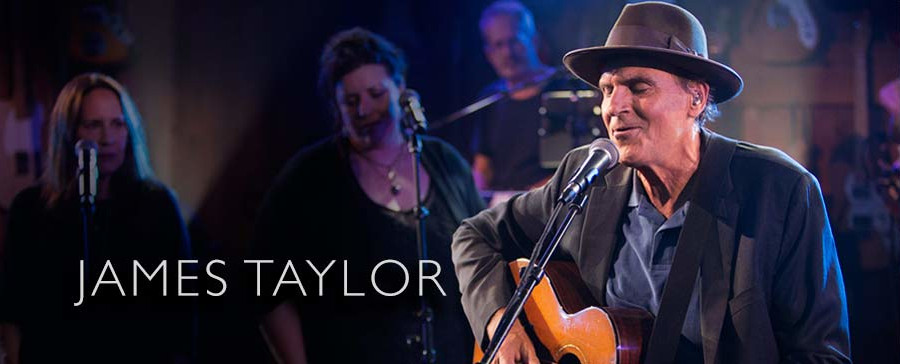About Val
Val Garay is a legendary producer and engineer who has garnered 5 Grammy wins, over 100 gold and platinum records, an Emmy nomination, and over 125 million worldwide record sales.
Val’s award-winning work with James Taylor, Kim Carnes, Elton John, The Motels, Bonnie Raitt, Pablo Cruise, Neil Diamond, Ringo Starr, Linda Rondstadt, and more, is just the begining.
Val's YouTube Channel
Val gives you insight into his own production process, and his input and recording chain that gives the best of both the analog and digital worlds.



















